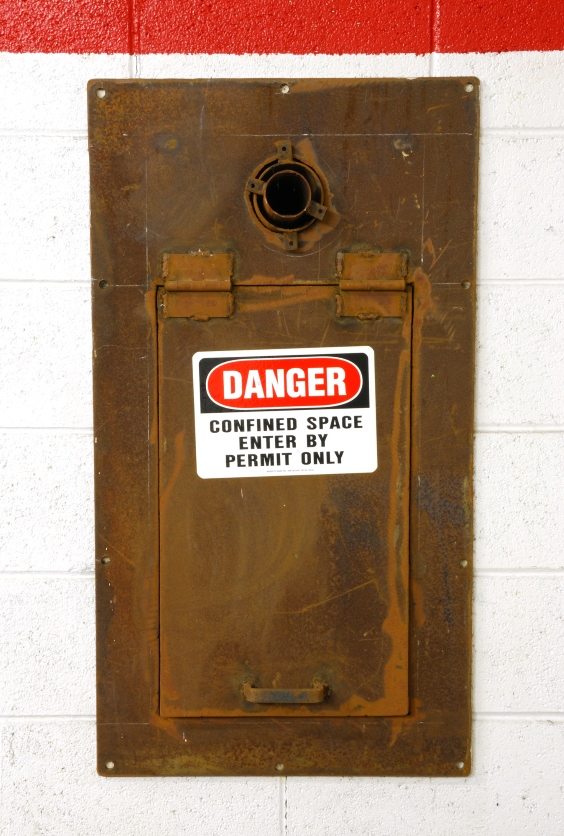Protecting Employees From Confined Spaces Hazards
Each year, nearly 100 people are fatally injured as a result of incidents in permit-required confined spaces. The spaces themselves often present hazards that can cause significant injury if not properly controlled; the work performed in confined spaces can make those hazards exponentially more dangerous.
When confined space hazards are not properly assessed and controlled, employees’ lives are jeopardized, and the number of fatal injuries for the year rises. Even when the incidents are not fatal, they can cause permanent injuries that deprive the injured workers of the lives they would have had.
Preventing Confined Spaces Hazard Incidents
Adding to the tragedy of these incidents is the fact that many could have been prevented. That is why employers have a moral and legal responsibility to ensure that employees are adequately trained and protected against unnecessary risks when performing work in permit-required confined spaces.
To meet that responsibility, employers must correctly assess the hazards of the permit-required confined spaces and develop proper procedures to guarantee the safety of their employees.
Understanding Confined Spaces Hazards
Permit-required confined spaces have hazards, or could have hazards, that can cause serious injuries or deaths. This is why the permits are required. They provide a level of administrative control that ensures that the hazards in the space have been minimized or eliminated.
But we can only control what we know and understand, which is why properly assessing confined spaces hazards is crucial. That way, procedures can be developed to reduce or eliminate those hazards so that an employee can enter the space with a greater degree of safety to perform the work that needs to be completed.
Assessing Confined Spaces Hazards
How are those confined spaces hazards assessed? A thorough evaluation of the space should identify all potential hazards. The evaluation should review hazards resulting from the space and its design; chemicals, processes, and operations performed in the space; and other potential hazards resulting from the work to be performed.
That is a lot to account for, and it should be. You need to anticipate anything and everything that could potentially go wrong, so that employees do not pay for mistakes made in the assessment.
Some items to specifically consider in a hazard assessment would be:
- Hazardous atmospheres
- Consider whether the space is, or could become, oxygen enriched, increasing the potential for fire or explosions. Or could it become oxygen deficient? Are there corrosive, flammable, explosive, or fatal gases or chemical vapors?
- Engulfment Hazards
- Can the space suddenly fill with liquids or fine particulate substances, like sand, that can engulf an employee?
- Entrapment Hazards
- Spaces that narrow or taper at the bottom make exiting difficult, sometimes impossible, and may entrap employees.
- Other Serious Safety and Health Hazards
- This is a very broad category, and requires the assessor to consider what other exposures exist in the space. These can be similar to exposures that employees face elsewhere on the job site, but are made significantly more dangerous because of the confined nature of the space. A short, and by no means comprehensive, list of these hazards includes electrical hazards, moving parts or machinery, slip and trip hazards, fall hazards, and extreme temperatures. Depending on a company’s operations, there could be many others.
- Work to be performed in the space
- Situations that seem safe can be made suddenly and unexpectedly dangerous if not planned for in advance. If chemicals are required, how will they interact with chemicals already in the space? Will the new chemicals create a hazardous atmosphere? What if electrical work needs to be performed inside an electrically conductive tank? Pre-plan for how the work operations will interact with the space.
Develop & Execute Your Confined Spaces Hazards Safety Plan
Once the hazards of the space have been evaluated, there is a clear picture of what will need to be controlled to ensure the safety of any employees who need to enter. Procedures can now be developed to minimize or eliminate the hazards, increasing the likelihood that all employees will leave safely at the end of their shifts.
If you need assistance with evaluating the hazards of confined spaces and developing confined space entry procedures, contact Optimum Safety Management at 630-759-9908 for your free initial consultation.








